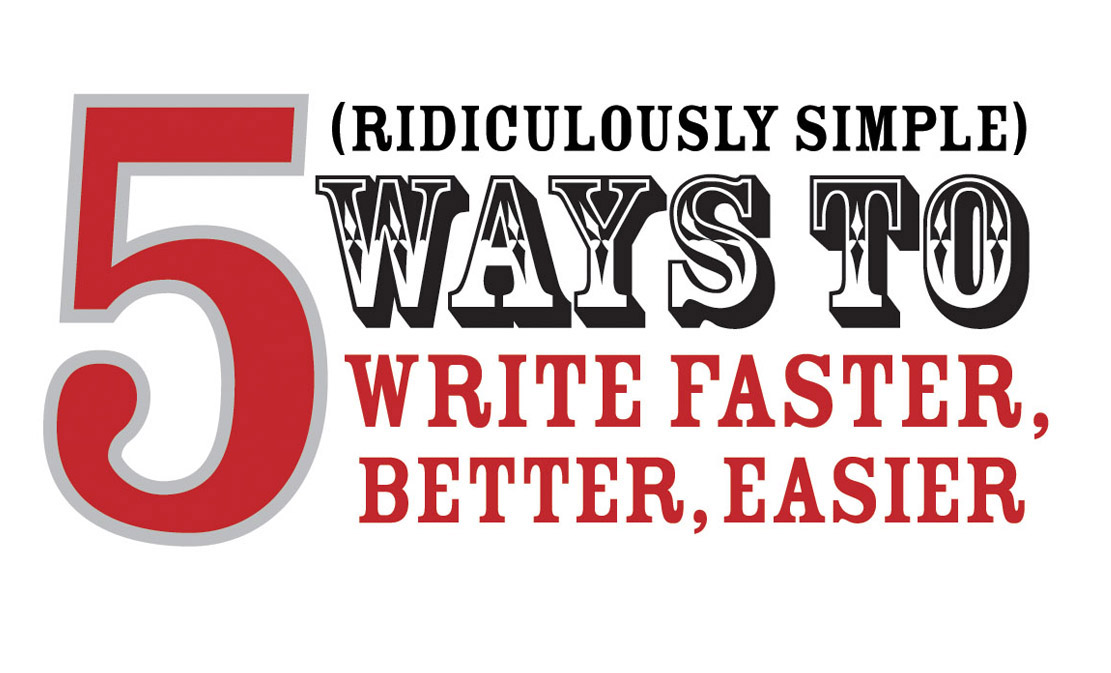Are These Six Senses in your Corporate Videos?
 Tuesday, January 6, 2009 at 07:39AM
Tuesday, January 6, 2009 at 07:39AM 
Six senses in video?
Hang in with me.
When I first read Daniel Pink’s “A Whole New Mind: Moving from the Information Age to the Conceptual Age” four years ago, it reinforced how I believe organizations can use video more effectively and authentically than ever before.
Pink's six "senses" offers a new map
“A Whole New Mind” covers six “senses,” or aptitudes, individuals and organizations need to succeed and excel in the future.
You can think of these “senses” as a new landscape for filmmakers and clients to consider when producing their videos.
The premise is simple
The age of information is giving way to a different type of age: an age of artistic and emphatic abilities. It is an age that will require a new mindset to compete and survive. Pink calls this new mind, “a whole new mind.”
What does this have to do with your company's video?
It occurred to me that the six “senses” in “A Whole New Mind” are the same six elements incorporated in many successful films.
And here’s the best news.
These six "senses" can easily be incorporated into any organization's video story
From diversity and recruiting to orientation and marketing films, companies can start using these “whole new mind” senses by incorporating them into “whole new videos.” Here’s how.
Six senses for "a whole new video"
1. Design
Adding design to your video quickly elevates it from a “commodity” to something that is beautiful to look at. Design engages us emotionally. Three places you can begin using design in your video is in the interviews, motion graphics and sound design.
2. Story
For too long, many corporate videos have been drenched in information. Somewhere along the way, story got replaced with data. Video is inherently an emotional medium. Incorporating narrative into a company’s video is not only a natural but will make it memorable and remarkable.
3. Symphony
Pink defines symphony as “the ability to put together the pieces…it is the capacity to synthesize rather than to analyze; to see relationships between seemingly unrelated fields.” Video is a fantastic medium for creating symphony. In a matter of a few minutes, your values, teams, departments, locations and various disciplines can all be seamlessly woven into a storyline to create a feeling of wholeness and completeness.
4. Empathy
Of the six senses, this is my favorite. Empathy is having the ability to understand and share the feelings of another. Think about your company’s film. Place yourself in the shoes of your audience. Does your film really understand the feelings of your audience?
5. Play
All too often, play isn’t part of a company’s video. “We don’t play here,” is a common response. Just a few seconds of a playful moment in a video can lift the spirit of your audience and create a moment of joy that will stick in the viewer’s mind long after they watched it.
6. Meaning
In an age of over-abundance, “meaning” takes on more significance. Pink offers two suggestions to incorporate “meaning” into our lives: “start taking spirituality seriously and start taking happiness seriously.” As we move into the conceptual age, it will become increasingly important for companies to embed “meaning” and “purpose, into their videos.
What do you think? Does this make sense? Is it possible, even necessary in the future, for companies to incorporate these concepts into their video stories? How does this apply to you or your organization?
Want more? Daniel recently gave a spectacular, two-part interview with Oprah. Don’t miss this! It’s timeless material from a timeless thinker.
---Tom
P.S. Originally posted on my FastCompany column, "Let's See That Again!"







